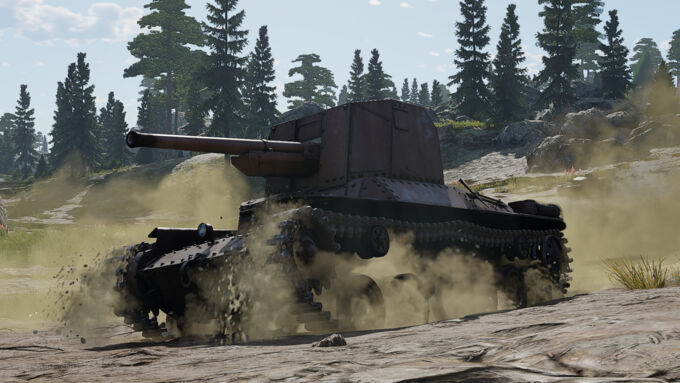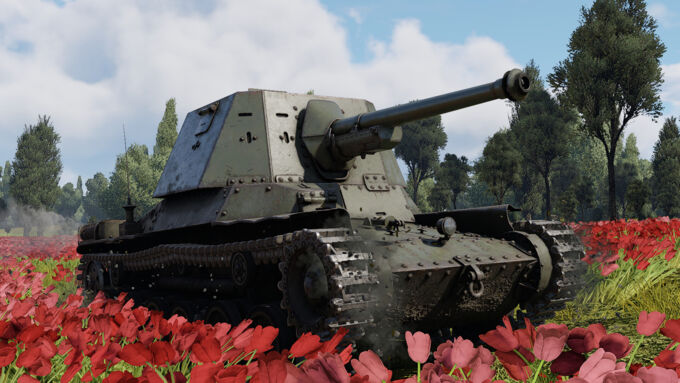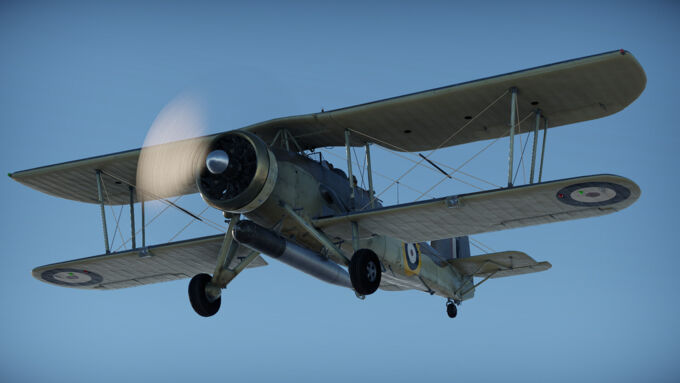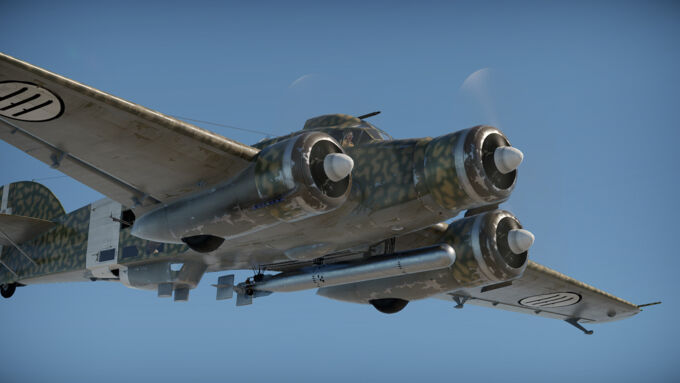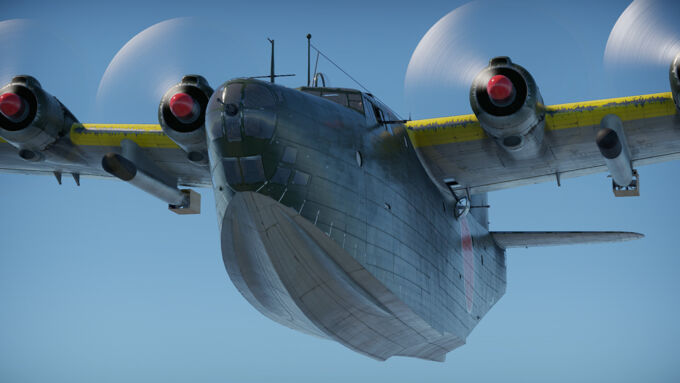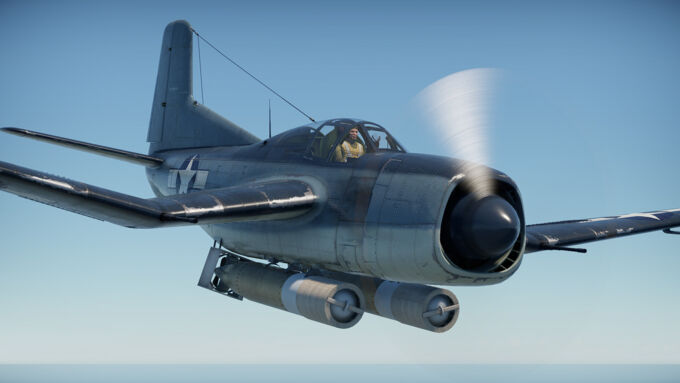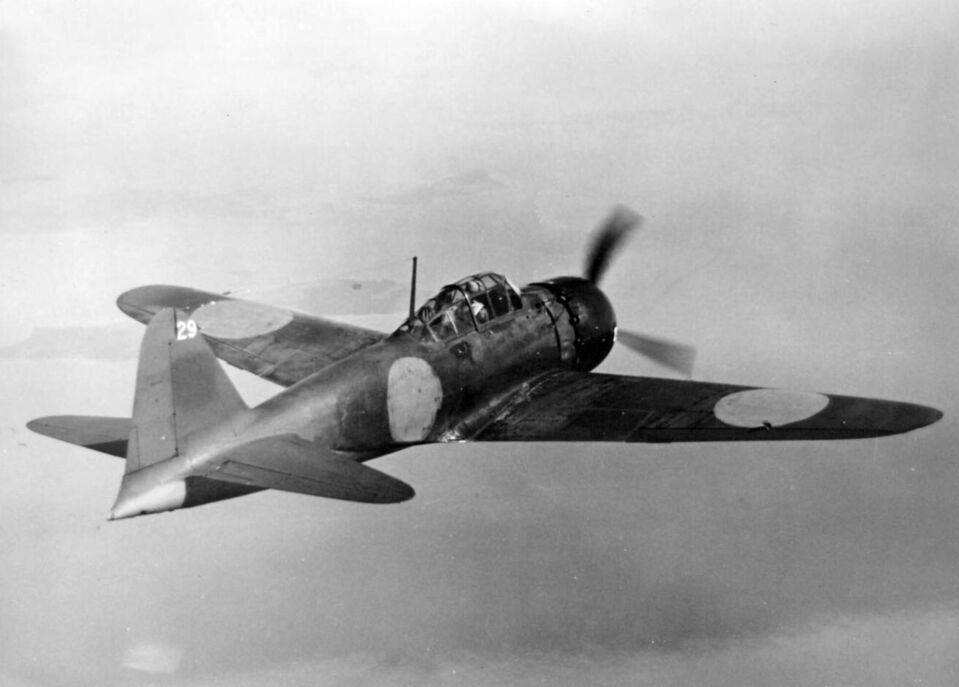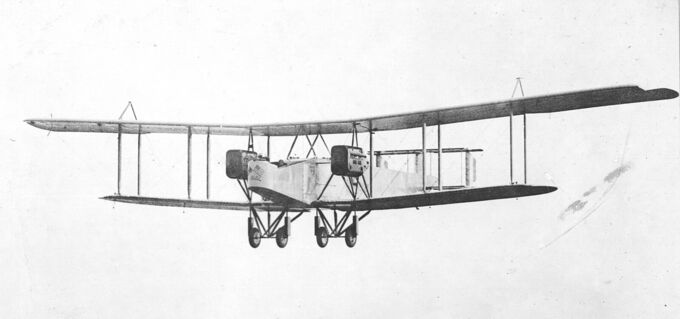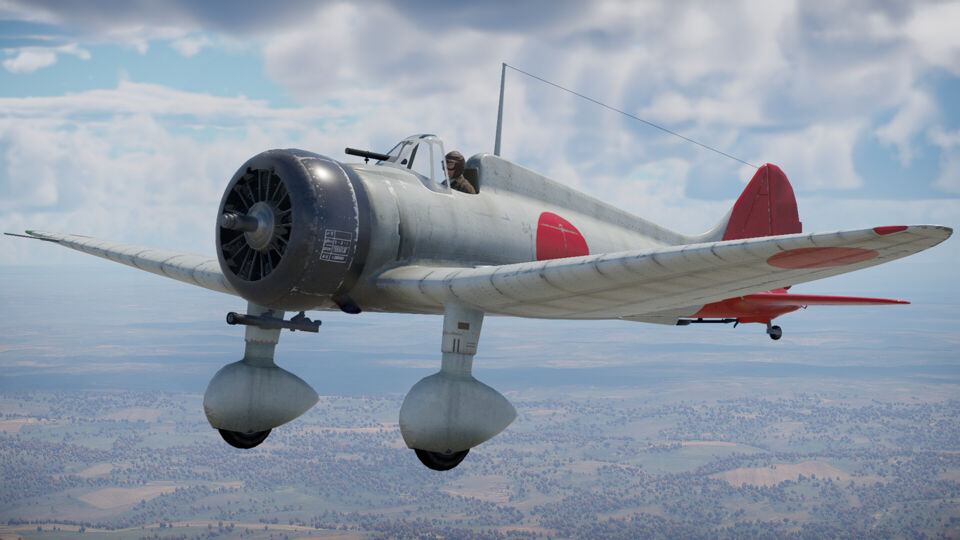The Ho-Ni family of self-propelled artilleries/tank destroyers were developed in the latter half of the Pacific War to provide tank regiments with fire support and engage Allied designs such as the M4 Sherman, which featured armour that Japanese tanks struggled to pierce. In War Thunder, two versions of this SPG, the Ho-Ni I and the Ho-Ni III, are available in the Japanese tech tree, and can be very powerful if used right.
In naval battles, torpedo bombers are the silent predators of the skies. They may lack the raw speed of fighters or the reliable bombs dropped by dive bombers, but what they bring to the battlefield is unmatched striking power against ships. Sometimes, a single well-placed torpedo can cripple even the mightiest vessel, but using these planes effectively requires more than just flying low and dropping a torpedo at random. Success depends on understanding your plane, the torpedo and the correct approach. This guide will teach you how to wield torpedo bombers with precision, making every run count.
The Fury and its carrier-based version, the Nimrod, are part of a family of biplane fighters found in the British aviation tech tree. With a similar flight performance to biplanes of other nations and a generous ammunition pool, the Fury is a great plane to introduce newcomers to the British tech tree.
The Ro.44 is a biplane fighter found in the Italian aviation tech tree, with the peculiarity of being a hydroplane, allowing it to land and take off from water. With a low maximum speed, somewhat poor flight performance and humble armament, the Ro.44 is certainly not an easy bird to master. But once you do, you can have a surprisingly satisfactory performance and catch your enemies by surprise.
The Hawker Fury was a British biplane fighter used by the Royal Air Force in the 1930s. It was a fast and agile aircraft and one of the first aircraft of the RAF to achieve speeds exceeding 200 mph in level flight. It was the fighter counterpart to the Hawker Hart light bomber. The Hawker Nimrod was a carrier-based biplane fighter which shared many similarities with the Fury.
The Mitsubishi A6M Reisen, also known as the Navy Type 0 carrier fighter (零式艦上戦闘機, Rei-shiki-kanjō-sentōki), is a carrier-based fighter aircraft formerly manufactured by Mitsubishi Aircraft Company, a part of Mitsubishi Heavy Industries. It was operated by the Imperial Japanese Navy from 1940 to 1945 and was usually referred to by Allied pilots as the "Zero", even though its reporting name was "Zeke".
The Handley Page Type O was a British heavy bomber developed during the First World War and one of the first aircraft designed specifically for long-range strategic bombing. Built to meet the Royal Navy’s need for a large bomber capable of reaching targets deep inside enemy territory, the Type O was one of the largest aircraft in the world when built and laid the groundwork for the future of bomber design.
The Nakajima Ki-27 (九七式戦闘機, Kyūnana-shiki sentōki), also known as Type 97 Fighter, was a monoplane fighter used by the Imperial Japanese Army Air Service up until 1940, which was developed to replace the Kawasaki Ki-10, the Army’s last biplane fighter. Its Allied reporting name was “Nate”, although it was called “Abdul” in the China Burma India theater by many post-war sources.
The Kawasaki Ki-10, designated as Army Type 95 Fighter (九五式戦闘機, Kyūgo-shiki sentōki), was the last biplane fighter adopted by the Imperial Japanese Army (IJA). Introduced in 1935, its exceptional maneuverability and robust design made it a favorite among Japanese pilots during its operational tenure. Its Allied reporting name was “Perry”.
The Mitsubishi A5M4 is an early monoplane fighter from the interwar period found in the Japanese aviation tech tree. Known as the world’s first low-wing carrier-based fighter to enter service and the predecessor of the famous Mitsubishi A6M Reisen, the A5M4 features a respectable maximum speed and great agility. This fighter can pose a serious threat to biplanes and even other early monoplanes if you know how to utilize it to its full potential. A variant of this fighter, Hagiri’s A5M4, flown by the Japanese pilot Matsuo Hagiri, is found in the premium part of the tech tree.
